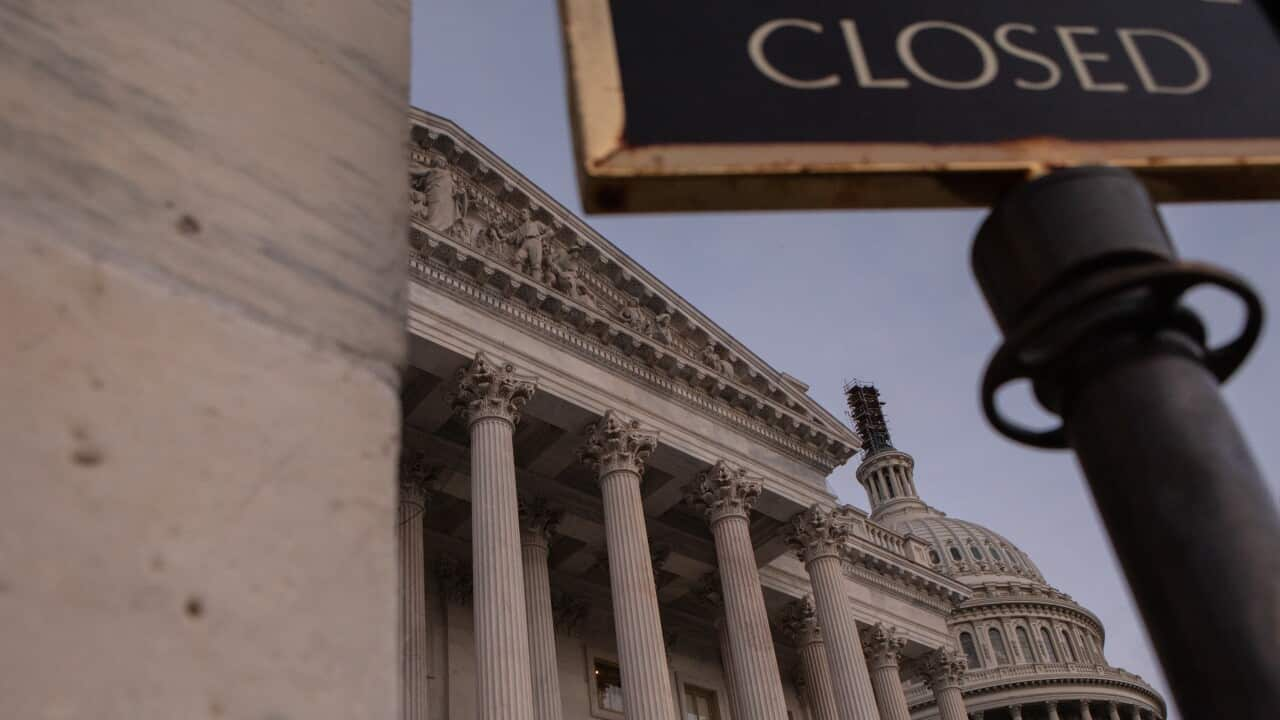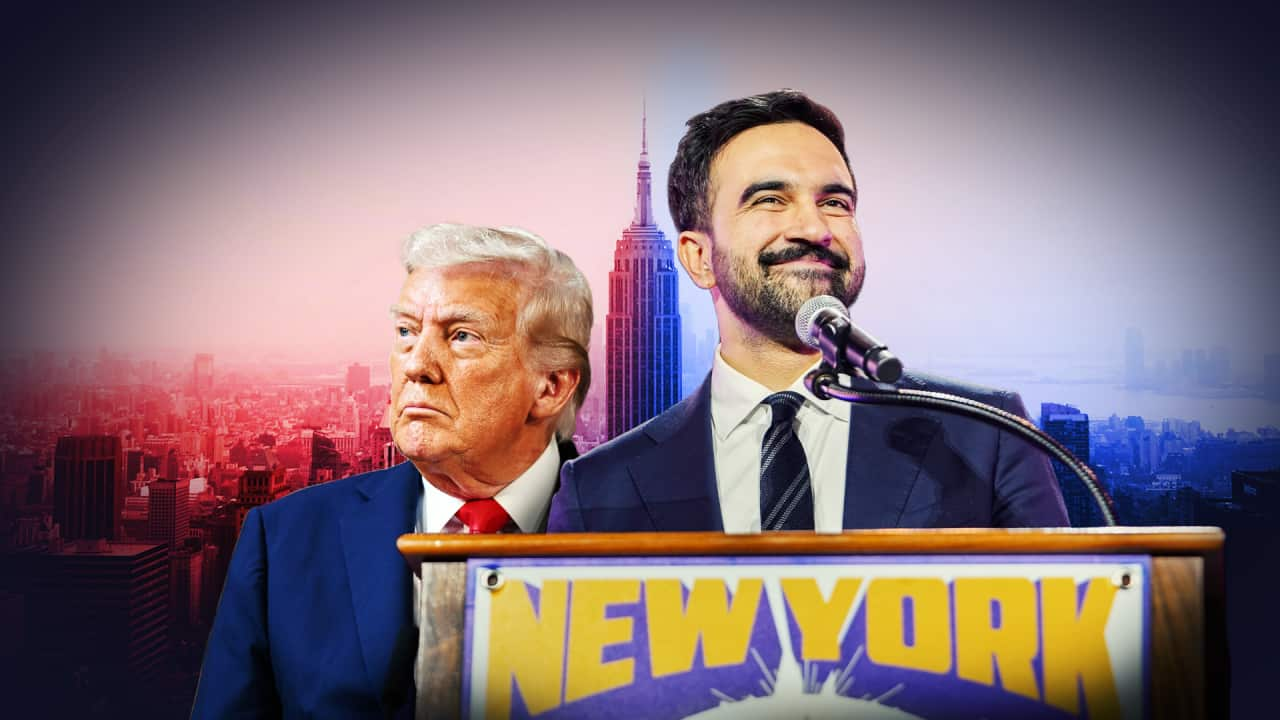The United States government shutdown has become the longest in the country's history — and it could drag on even longer.
On Wednesday local time, as the shutdown reached its 36th day, breaking the record set during US President Donald Trump's first term in 2019, Trump blamed the Democrats for the closure during a breakfast meeting with Republican senators.
"I just got back from Japan ... I talked about the kamikaze pilots. I think these guys [Democrats] are kamikaze," he said, referring to the name given to Japanese pilots who flew suicide attacks during World War Two.
"They'll take down the country if they have to."
While Trump and Republicans are trying to blame the Democrats, a recent poll by NBC News has shown 52 per cent of US voters blame Trump and congressional Republicans, and 42 per cent blame the Democrats.
How did the shutdown start?
US government shutdowns are not uncommon. In fact, this is the 15th shutdown since 1981. It usually happens when the bill to fund the federal government fails to pass through Congress.
It started when Republicans and Democrats didn't agree to pass the bill before the previous federal budget expired.
Democrats are withholding their vote in favour of the bill, asking for an extension of some healthcare insurance subsidies, which can make health insurance cheaper for millions of Americans.
"The political climate and the tensions that exist between the parties were so wide at the beginning of the shutdown, and even though bipartisan talks have continued through it, remain at this point still just as wide," Rachel Snyderman, managing director of economic policy at the Washington-based Bipartisan Policy Center, told the Reuters news agency on Tuesday.
When will the government shutdown end?
Republicans control both houses of Congress and hold a 53-47 majority in the Senate. But for the bill pass the upper house, they need 60 votes.
Two Democrats, as well as an independent senator, have voted for the bill, but two Republicans have voted against it. That means leading Senate republicans needs five more votes from the Democrats to restart government operations.
Democrats say they will only provide votes to end the shutdown after their demands are met, and the Republicans insist they will only address healthcare demands once Democrats have voted to switch the lights back on in Washington.
And Trump has instructed Republican senators to end the shutdown by bypassing the Senate filibuster and reopen the government without Democratic votes.
In order to eliminate a filibuster, senators need to formally remove the rule or ban the filibuster for particular motions — an idea which Republican leader in the Senate, John Thune, and other Republicans have rejected.
Recently, there have been signs of hope for ending the shutdown, with The Washington Post reporting that a bipartisan group of senators is working on a potential agreement between the parties.
The newspaper has reported that 12 Senate Democrats are open to backing the proposal, a number more than enough to bring the government back.
On Wednesday, Chuck Schumer, leader of the Democrats in the Senate, and Hakeem Jeffries, the House of Representatives minority leader, wrote a letter to Trump, demanding "a bipartisan meeting of legislative leaders to end" the shutdown.
"Democrats stand ready to meet with you face to face, anytime and anyplace,” they said.
What has been the cost of the shutdown?
The shutdown could cost the US between an estimated US$7 billion ($10.7 billion) and US$14 billion ($21.5 billion), according to the Congressional Budget Office.
The New York Times has also estimated that about 700,000 federal workers have been working without pay since the shutdown started.
Additionally, approximately 42 million Americans' Supplemental Nutrition Assistance Program benefits, commonly referred to as food stamps, have been delayed since 1 October.
Around 3.2 million passengers have also faced flight delays and cancellations, as tens of thousands of flights have been delayed since the shutdown started.
— With additional reporting by the Reuters news agency and Agence France-Presse.
Share


